Common Issues and Repairs for Rolex and Omega Watches
You probably adore your luxury watch, so it can be alarming when something goes wrong. Whether you dropped your timepiece, it’s not properly telling time, or you encounter some other issues, Official Time Watch put together this list of 7 common watch issues to ease some of your worries.
Keep reading to learn all about common watch issues including broken exterior, water damage, slow ticking watch hands, insecure bracelet, rattling sounds, and more!
7 Common Watch Issues and How to Fix Them
These are 7 of the most common watch issues that you might encounter and the Omega or Rolex repair services that can restore the aesthetic and functionality of your watch in no time!

Water Damage
While luxury watches are water resistant and can withstand submersion and normal amounts of water, they can still be damaged by water as well. If the seal or other components become damaged or if the watch is exposed to frequent water or serious amounts of water at once, then the water can seep into the interior components.
You can recognize water damage by fogginess in the crystal, condensation, or rust. If you suspect water damage at all, then it’s best to be safe and get it fixed. Water for a prolonged period in your watch will cause even worse damage to the gears, lubrication, and other components.
With water damage, you want to avoid the temptation to fix it yourself by sticking it in a bag of rice, in sunlight, or doing anything else. Instead, you’ll want to seek the help of professional watch damage repair services for complete water damage restoration.
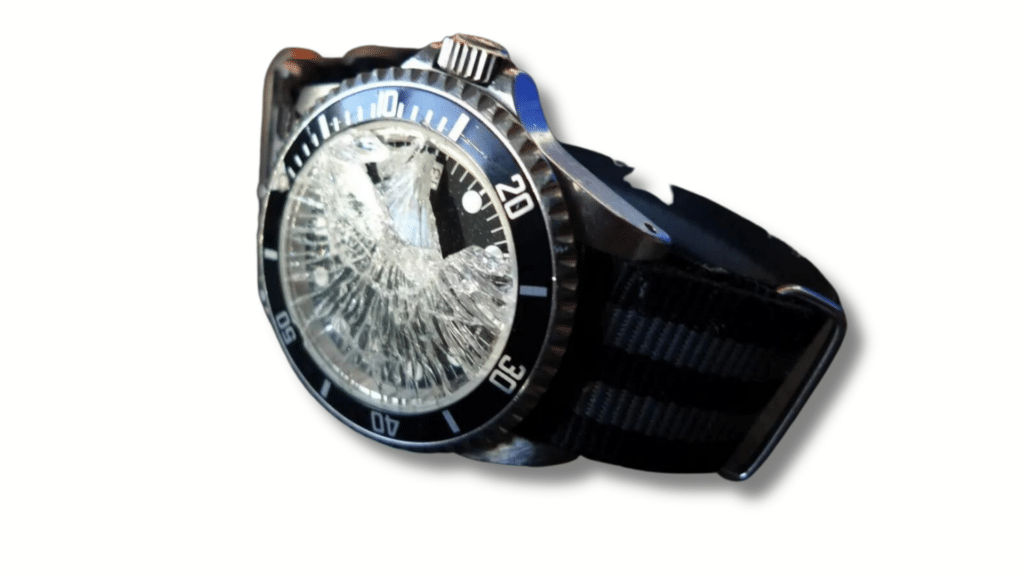
Broken or Damaged Exterior
Luxury watches aren’t especially vulnerable to exterior damage, but over time scratches, dings, and tarnishing can occur. Plus, mistakes are bound to happen, and you might drop your watch and cause scratches to the bracelet, crystal, case, bezel, or other parts.
While you can use a polishing cloth to remove scratches yourself, if done incorrectly or too often you can eventually damage the metal by removing too many layers. You can also risk causing other scratches if you aren’t careful. On the other hand, a professional watch technician will use meticulous care and state-of-the-art technology to address every tiny smudge, scratch, or stain.
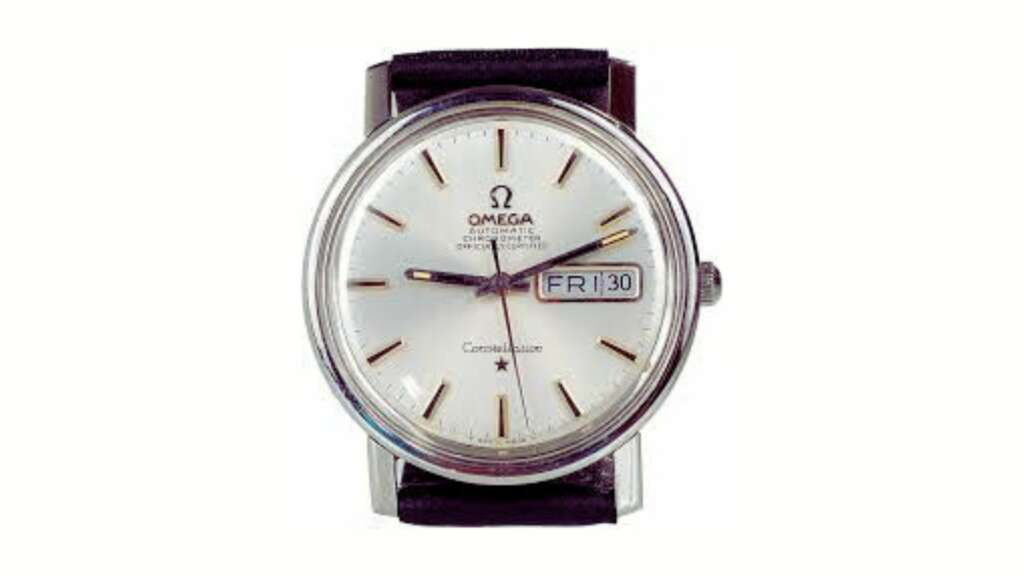
Running Slow or Fast
One of the most common watch issues is incorrect timekeeping. Your watch is designed for precision, so it can be annoying to notice that it’s running too fast or slow. You may even notice the secondhand skipping or bouncing.
These could be signs of severe internal damage, loose parts, or poor lubrication and always require watch damage repair. Leaving them could mean more damage to your timepiece, which means more expensive repairs down the line.

Stopped Working
If your watch has stopped working altogether, there could be many different culprits. In some cases, the watch might only stop working when you put it on due to the change in temperature. Either way, it’s a sign of something going wrong in the internal components.
Since there are hundreds of parts in a luxury timepiece that work together to precisely tell the time, a watchmaker or technician will have to look through, clean, reassemble, and even replace components with genuine Rolex or Omega parts.
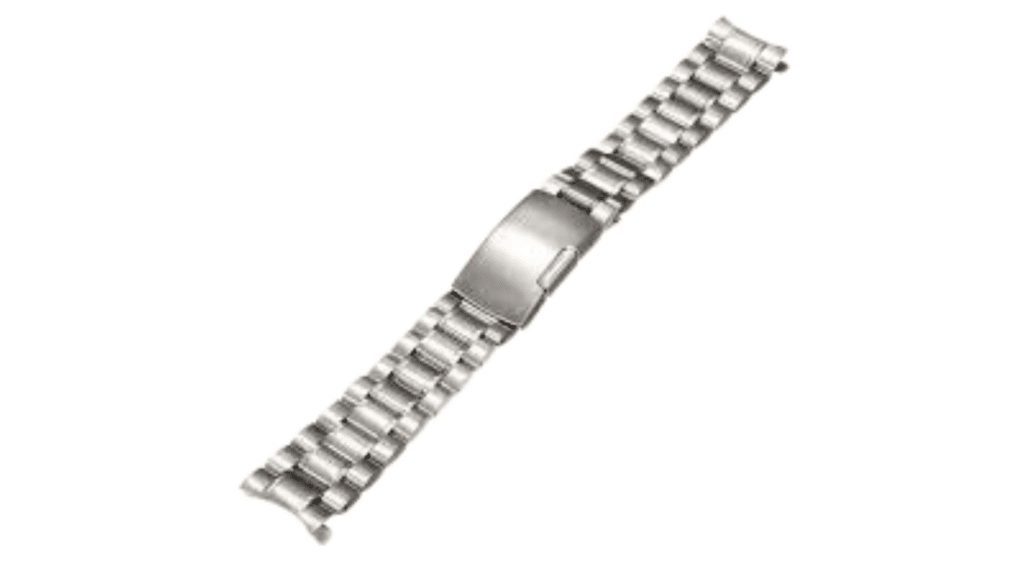
Insecure Bracelet Clasp
The clasp on your luxury watch is an essential component designed to enhance the aesthetics and ergonomics of your timepiece, but the moving parts mean it can break or become insecure. This can contribute to a loose watch that could potentially fall off and damage other components.
Because of that, and the fact that it indicates it’s time for a regular watch repair service visit, you should get your bracelet clasp fixed as soon as possible.
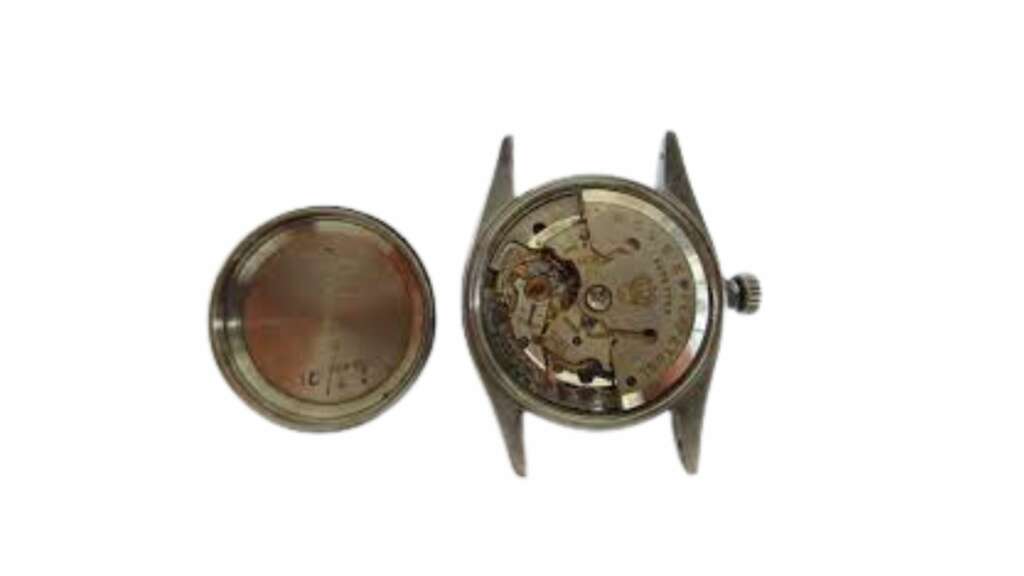
Rattling Parts
If you notice that your watch is making a rattling sound when you move, then some of the parts are probably loose. Even if there are no other signs of damage like poor timekeeping, fogginess, or scratches, this is a common watch issue you shouldn’t ignore. A loose or broken watch part can bounce around and damage other components of your watch and will not go away on its own.
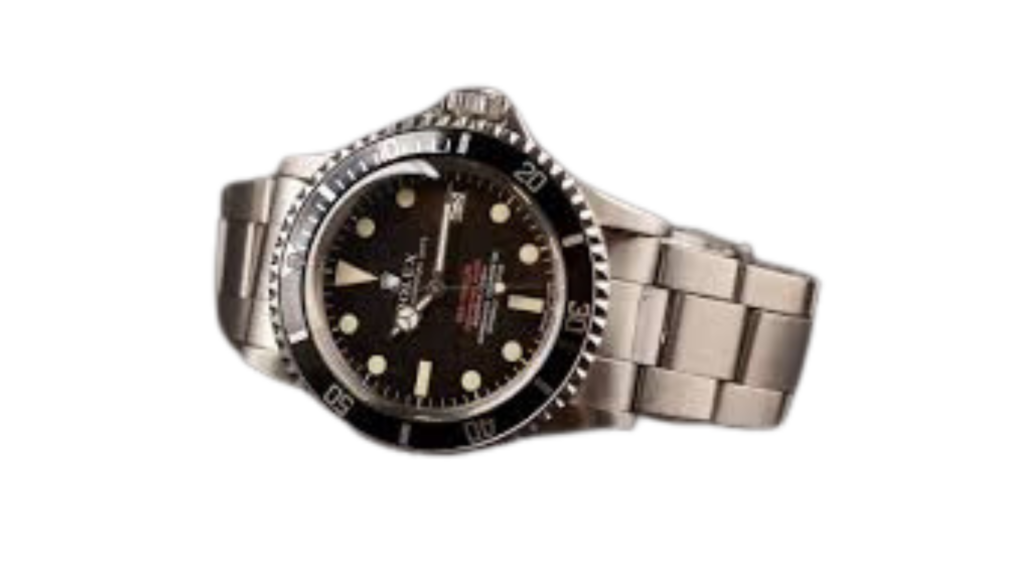
Stiff, Loose, or Ineffective Crown
The crown, or the part of your watch you use to set the time, can become loose, stiff, or unable to change the watch hands. This can be a sign of internal damage or broken watch parts including the stem that allows it to be effective. Sometimes, it’s only a loose part or spring, but either way, you’ll need to get it fixed at some point (especially the next time you enter or leave Daylight Savings Time!). In rare cases, you may need a brand-new replacement crown.
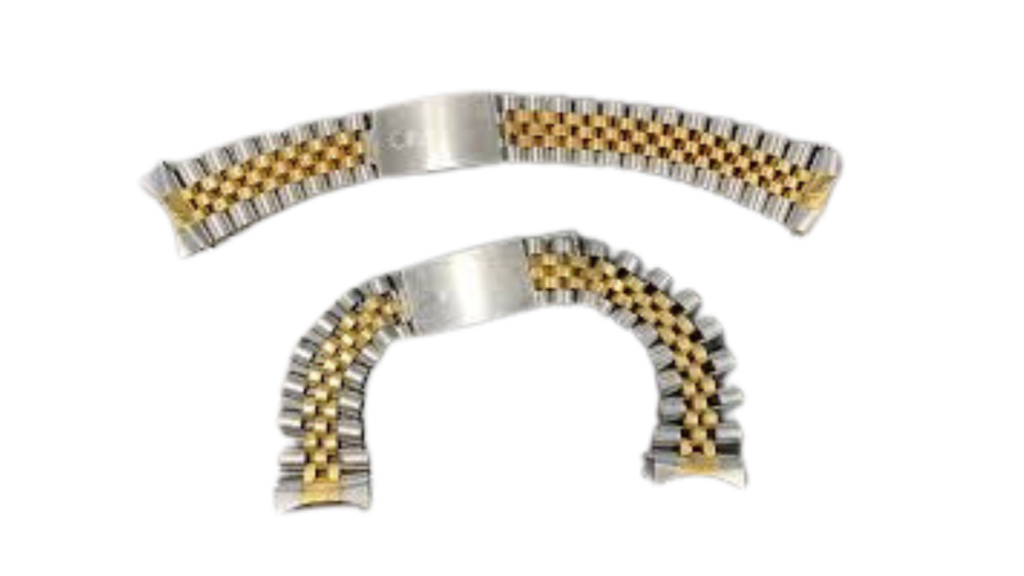
Loose or Broken Strap
One of the most damaged parts of the watch is actually the bracelet or strap. This is because the pins and bracelet parts will stretch and compound as you move your arm. This leads to loose or even broken bracelet or strap parts.
Depending on the type of damage, you may be able to fix it yourself, but damage to your bracelet may indicate it’s time for regular watch servicing anyway. Additionally, your watch bracelet may require new points, hinges, clasps, and more and a professional will make sure to replace anything with authentic Rolex or Omega parts.
Conclusion to Common Watch Issues
Some of the most common watch issues include water damage, loose parts, scratches, and the inability to tell accurate time. While it may be tempting to save money by trying to fix your watch yourself, it’s risky and could end up devaluing your luxury timepiece, causing more damage, or losing parts.
With something as valuable, stylish, and luxurious as a Rolex or Omega, it’s best to seek the help of an experienced professional. The good news is that Official Time Watch can perform expert Rolex or Omega watch repairs to restore your watch to like-new precision, functionality, and appearance.
Click here to learn more about our services!